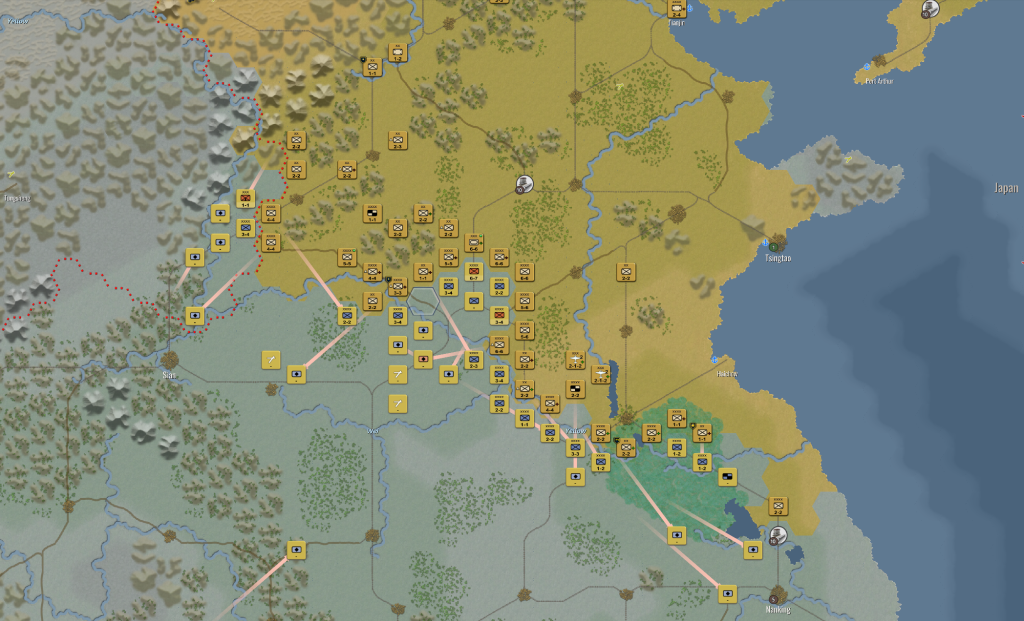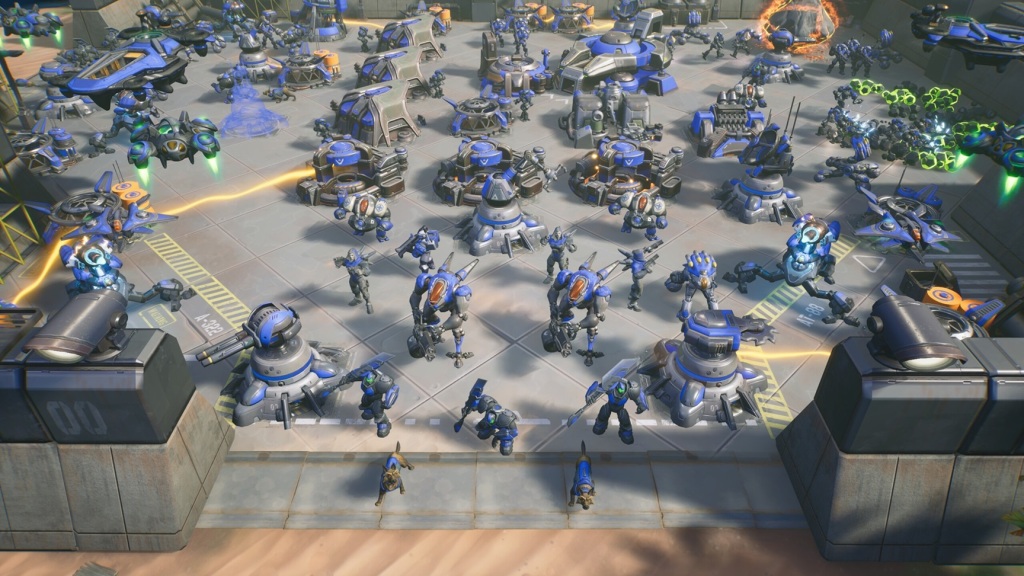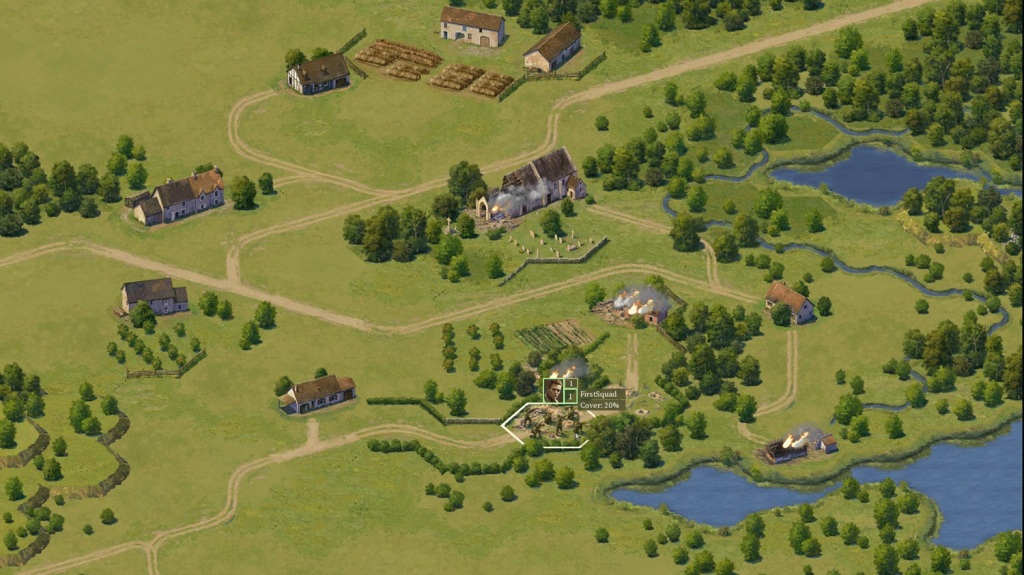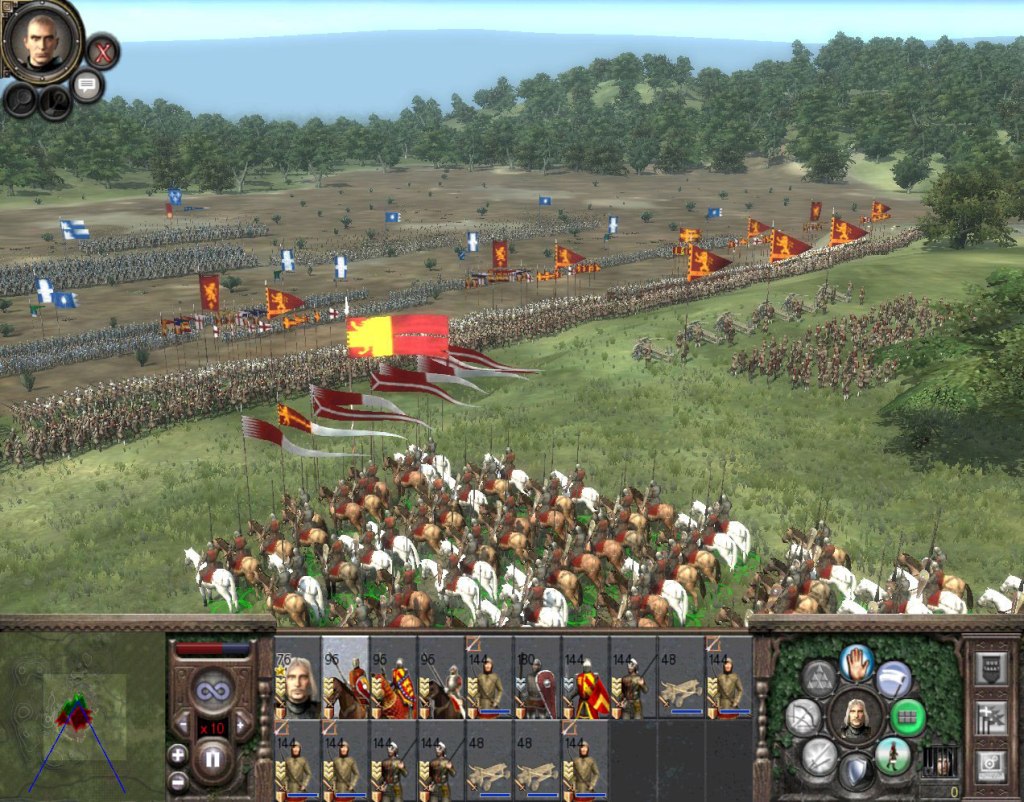WarPlan Pacific was a pleasant surprise, so much so that I showcased it as “a worthy addition to every wargamer collection and a game worth having if you enjoy the operational layer of strategy with a simple, easily accessible design that will keep you island-hoping across the Pacific for weeks”. Alvaro Sousa, the man behind the WarPlan series and owner of Kraken Studios in this interview talks at length about WarPlan Pacific systems, design decisions, UI, poker and the future of his francise.

SaW: Hello, Alvaro. Please introduce yourself, what got you into wargaming and how it all lead to developing the WarPlan series?
Alvaro Sousa: I am the owner, designer, and coder of the games at Kraken Studios. I was born in Rio de Janeiro Brazil. My family moved to the United States when I was an infant. My father opened the first Brazilian newspaper in the United States back in the late 1960s. I spent most of my life living in Florida which is a wonderful state. I am Americanized as this is where I grew up. I do love watching the world cup in my green and yellow.
I got into Wargaming at around the age of 15. I was introduced to the game Third Reich by a friend that defeated me very convincingly while explaining the rules to me. I fell in love with the game. I did play a variety of other games during my life including a lot of Dungeons and Dragons, board games, first-person shooters, arcade games, online MMORPGs, and card cards. I even went deep into learning and understanding the mathematics and strategy concepts of poker. I am a very good poker player. That is mostly the game I play now.
I got into game development because my son has autism. He is incredibly intelligent but requires one parent at home due to associated disabilities that come with autism. He is very mild but too often he needs to be picked up from school due to anxiety or being overwhelmed. At first, I took my poker playing and turned it into a career. I did fairly well but the stress level was high. Poker requires a lot of dedication and timing of when to play, where to play, and your mental state. This doesn’t even include continuous studying to keep up with current strategies. In the end, it turned out to be too stressful and time-consuming to play for a living and manage my son.
Around the same time, I had been working on a mod for Strategic Command 2 that did very well. It was one of the most downloaded mods. I became friends with Hubert Cator from Fury Software, the developer of Strategic Command. He shared an email from a French reviewer about my mod stating I had a talent for game design. My wife has been suggesting I open up my own business doing game design for years since I loved games so much. So I approached Hubert to create the final two expansions for Strategic Command. We signed a contract for profit sharing and I created Assault on Communism and Assault on Democracy. Hubert shared his experience and gave me an estimation of how much money I could generate creating games. After that, I decided I wanted to do this for a living.
I learned Unity Game engine and taught myself coding again. I almost gave up after 6 months because so much had changed from the 1980s when I coded for fun. But I pushed through and started developing WarPlan. The game series idea came about because I found a niche in the World War 2 grand strategy games that was missing. A pure wargame that was more complex than Strategic Command but less than War in the East. When the game was good enough to show, Hubert got me an audience with Matrix Games.
SaW: I’ve listened to your interview with Erik Rutins before writing this interview and I was curious about your “poker experience”, care to explain that for me and how that relates to your game design?
Alvaro Sousa: In 2004 I saw the World Series of Poker where an amateur beat 8 other professionals. It was the first time I ever saw televised poker and it captured me. So I spent $50 on 3 books and told myself if I lost $100 this game isn’t for me. A month later I had made $1,000 and have never looked back. I found poker very fascinating because it was a game of simple rules and deep strategy. It is a game based on mathematics with an element of luck and a touch of psychology. I bought every good book I could find. I read over 100 books on the subject. I dug deep into the game with mathematics to get a better fundamental understanding of how to play better. Since then I have made a considerable sum of money at the game.
The reason why poker is so important to my design is that it changed the way I looked at everything. Poker is a game of taking incomplete information and resolving weighted probabilities while determining which play is the most profitable for the situation. The game made me a critical thinker. I could analyze situations in life quantitatively not qualitatively. In other words, I lead with numbers first, then experience.
So how does this relate to game design. Many of the games I played were a function of efficiency or speed. You built down a specific tree of things or you worked to get the best thing and were the fastest. Decisions were only progressively improving on the previous one without consequence. Decisions go from A to B to C to D and you have the best thing faster than the other player. One example is in 4x space games. Technology is the single most important element in the game. You must push to the maximum. It impacts everything directly. Giving players choices is good. It gives a sense of self-determination and autonomy. But I wanted choices with anxiety and true decision points based on cost analysis.
In WarPlan you have to plan long-term for your goals while understanding your opponent’s play style. You have to read what the enemy is doing and adapt. You need to position yourself to take advantage of situations. You can also be deceptive in your actions. There is no absolute solution on how to win. The other part of it is that you never have enough of what you need. You have to make strategic decisions that have a cost. If you build too many tanks, you don’t have enough units. If you build too many men you can’t push. If you don’t build enough planes you don’t have flexibility. If you build too many fancy units you won’t have enough stuff. All of this while also considering supply, manpower, oil, and shipyards. There are too many variables to consider for a perfect answer in a game where you don’t know all the opponent’s pieces. This is poker.
Of course, some situations have a static solution. For example, to invade France in 1940 as Germany you need to buy as much armor as you can before May of 1940. But there is no absolute solution to the number of u-boats you need to keep the UK at bay. To invade Russia you need a good number of tanks and air power balanced between the amount of infantry. Even invasions need careful consideration as ports are not unlimited supply depots. The sacrifice is a steeper learning curve, but that gives more replayability. I am still learning new tricks in my own game. I usually have 2 games running at once over PBEM.
SaW: Even in your answers you sound extremely mathematically inclined. I’m curious on how- when math is viewed as such a deterministic subject- did you managed to create a game that allows for such a variety in play-style? For example, I’ve played the China Invasion campaign more than a dozen times and I’ve always managed to implement different strategies.
How did you manage to “remove” those historical rails most games in this genre usually fall into? Also, WarPlan UI is fantastic, what were the steps taken to avoid falling into the multi-menu trap wargames are so fiendishly known for?
Alvaro Sousa: In other unit pushing games the variables between the units are very straightforward and countable. They know the unit costs, attack, defense, and strength. You build this unit and get this result, simple. Take for example a game called Defense of the Ancients, DOTA for short. This is an intricate game involving heroes and abilities on a battlefield played by 5 players on a team. There are 100 heroes and 100 items at least let’s say to keep this simple. Each has its own specific set of values. Players have calculated exactly the cost of each ability and item to show their effectiveness per gold cost and damage per second. The strategy is if A then B. If you have this hero buy these items to counter this specific hero in their party and avoid this specific hero. It is a fantastic game that I have played for 8 years now but everything is calculable.
The deeper strategy in WarPlan comes from specialized decision points. WarPlan does four things to accomplish this. First off units have modifying variables in mode, status, and specialties. Second, units have an impact on resources beyond being built within logistics, oil, and manpower. The third is that many choices are a benefit with a cost and there is no obvious choice. Fourth, information is incomplete by estimations of odds in land combat and a unique fog of war system. Between all these small variables the player isn’t overwhelmed and can make thinking decisions based on easy functional choices.
The UI was not intuitively created by me, I had an ace up my sleeve. My wife is a UX designer at the top of her field. A UX designer tells application programmers what to do but not how to do it. Over the years she had me read all the right books on how humans interface with software and choices. I consulted her on my UI designs and got her input. More than 50% of the UI she designed herself. She also selected the color palette for the UI. If I did not have her in my life the UI would have probably been like many other games.
SaW: Thanks a lot for the input. Clearly a lot of thought has put into creating the systems behind WarPlan Pacific. I’ve never played WarPlan Europe, but I got to assume some key changes must have happened between both games, can you please run me down on those? Because a Pacific Theatre game is more focused on island-hopping and naval warfare than Europe. Were there any significant changes in the way naval combat work?
Alvaro Sousa: There were several adjustments and additions to the game that were retrograded back to Europe as best I could. As you said since the Pacific is focused on naval battles the main change in the game is the scale. Every capital ship is represented individually in the Pacific, unlike Europe. The scale is 50 miles, 80 km per hex, instead of 25 miles, 40km per hex. The other change was that I added specialization to all the unit types, not just land units. They were very popular. Some new rules were added for port blockading. Small islands were introduced to the game. These are locations that are too small for the scale and I had to make some special rules. In the scripting, I added requirements for accessing port supplies over the long Pacific distances to mimic the historical difficulties. These were the major changes in the game. Most of the minor ones went back to Europe. But the overall naval combat system is the same as WarPlan Europe.
SaW: Thanks a lot, Alvaro. Now, to finish of this interview I would like to ask you, if possible for you to answer, where would you like the WarPlan series to go next? Are you planning something new? If so, what?
Alvaro Sousa: The WarPlan 2 engine is next on my list. I am building the basic framework for it based on the WarPlan 1 engine. The new engine will have improved code organization so it is easier to manage and adapt so I can build better games. The first game using this code is a fantasy wargame that is currently in development. When that game has completed the scenarios in WarPlan Europe and Pacific should be very well balanced. The game after that is WarPlan Global using the new engine. I will have the data and the tools to create an excellent global game. Most of the mechanics from the WarPlan 1 engine will be kept. Some mechanics will be changed. At the moment I think no mechanics will be removed. I am looking forward to completing both games in the next 5 years.
SaW: That’s fantastic to hear. Thanks a lot for your time and patience. I wish you the utmost success and I cannot wait to play WarPlan Global.
Alvaro Sousa: Thanks for having me.
Follow Strategy and Wargaming Socials
Strategy and Wargaming needs you to follow its socials. Are we the best strategy gaming website around? I would say so. Heck, what other options do you have? The Wargamer? Please.
So why not give us a follow on the cesspool that is Twitter, or join the 1000 other geriatric patients on Facebook? Or subscribe down below? Or maybe do everything? I don’t care, I’m not your grandmother.
If you enjoyed the article, consider buying me a coffee!
I’ve been running Strategy and Wargaming at my own expense since 2017, with only the ad revenue to cover the hosting, with everything else being done by me. So, if you’re an avid reader, you can afford it, and want to support the website, please consider Buying Me a Coffee by clicking this link, for as low as one euro! If you do, just know that you’re helping out a lot and contributing so that Strategy and Wargaming can continue growing!











Leave a comment